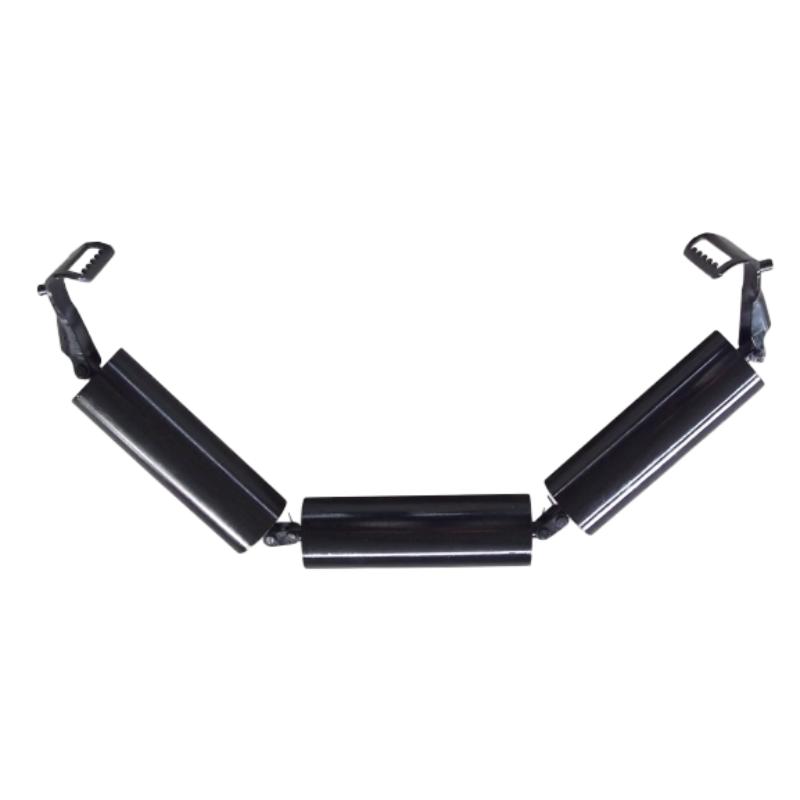 Afrikaans
Afrikaans  Albanian
Albanian  Amharic
Amharic  Arabic
Arabic  Armenian
Armenian  Azerbaijani
Azerbaijani  Basque
Basque  Belarusian
Belarusian  Bengali
Bengali  Bosnian
Bosnian  Bulgarian
Bulgarian  Catalan
Catalan  Cebuano
Cebuano  Corsican
Corsican  Croatian
Croatian  Czech
Czech  Danish
Danish  Dutch
Dutch  English
English  Esperanto
Esperanto  Estonian
Estonian  Finnish
Finnish  French
French  Frisian
Frisian  Galician
Galician  Georgian
Georgian  German
German  Greek
Greek  Gujarati
Gujarati  Haitian Creole
Haitian Creole  hausa
hausa  hawaiian
hawaiian  Hebrew
Hebrew  Hindi
Hindi  Miao
Miao  Hungarian
Hungarian  Icelandic
Icelandic  igbo
igbo  Indonesian
Indonesian  irish
irish  Italian
Italian  Japanese
Japanese  Javanese
Javanese  Kannada
Kannada  kazakh
kazakh  Khmer
Khmer  Rwandese
Rwandese  Korean
Korean  Kurdish
Kurdish  Kyrgyz
Kyrgyz  Lao
Lao  Latin
Latin  Latvian
Latvian  Lithuanian
Lithuanian  Luxembourgish
Luxembourgish  Macedonian
Macedonian  Malgashi
Malgashi  Malay
Malay  Malayalam
Malayalam  Maltese
Maltese  Maori
Maori  Marathi
Marathi  Mongolian
Mongolian  Myanmar
Myanmar  Nepali
Nepali  Norwegian
Norwegian  Norwegian
Norwegian  Occitan
Occitan  Pashto
Pashto  Persian
Persian  Polish
Polish  Portuguese
Portuguese  Punjabi
Punjabi  Romanian
Romanian  Russian
Russian  Samoan
Samoan  Scottish Gaelic
Scottish Gaelic  Serbian
Serbian  Sesotho
Sesotho  Shona
Shona  Sindhi
Sindhi  Sinhala
Sinhala  Slovak
Slovak  Slovenian
Slovenian  Somali
Somali  Spanish
Spanish  Sundanese
Sundanese  Swahili
Swahili  Swedish
Swedish  Tagalog
Tagalog  Tajik
Tajik  Tamil
Tamil  Tatar
Tatar  Telugu
Telugu  Thai
Thai  Turkish
Turkish  Turkmen
Turkmen  Ukrainian
Ukrainian  Urdu
Urdu  Uighur
Uighur  Uzbek
Uzbek  Vietnamese
Vietnamese  Welsh
Welsh  Bantu
Bantu  Yiddish
Yiddish  Yoruba
Yoruba  Zulu
Zulu Understanding Belt Drive Systems Incorporating Idler Pulleys for Enhanced Efficiency and Performance Optimization
Understanding Belt Drive Systems with Idler Pulleys
Belt drive systems are vital components in many mechanical machines, conveying power efficiently from one component to another. The fundamental principle behind a belt drive involves the transfer of motion and torque between pulleys connected by a flexible belt. While these systems can operate using a simple arrangement of drive and driven pulleys, the inclusion of idler pulleys enhances their functionality significantly.
The Basics of Belt Drives
A belt drive consists of two or more pulleys and a belt that wraps around them. When one pulley, known as the driving pulley, rotates, it imparts motion to the other pulley, termed as the driven pulley, through the belt. The efficiency of this power transfer is influenced by several factors, including the belt's material, the tension applied, and the alignment of the pulleys.
Belt drives are preferred in various applications due to their simplicity, low cost, and ability to transmit power over considerable distances. They are commonly found in automotive engines, industrial machinery, and conveyor systems, highlighting their versatility.
The Role of Idler Pulleys
Idler pulleys are additional pulleys placed along the belt’s path, typically not connected to any power source
. Their primary purpose is to control the tension and routing of the belt, which significantly affects the system's overall performance. Here are a few critical functions of idler pulleys1. Tension Control Maintaining the correct tension in a belt drive system is crucial to prevent slippage and ensure efficient power transmission. Idler pulleys can be positioned strategically to apply the necessary tension, which prolongs the life of the belt and reduces wear on the pulleys.
2. Belt Alignment Proper alignment of the drive and driven pulleys is essential for the smooth operation of the system. Idler pulleys can help align belts within the desired path, reducing the risk of misalignment that may lead to belt wear or failure.
belt drive with idler pulley

3. Change of Direction In complex machinery where space is limited, idler pulleys allow for changes in the belt's direction without the need for fundamental alterations to the system’s design. This flexibility enhances the layout possibilities in machine designs.
4. Compensation for Length Variability Over time, belts may stretch or wear, leading to changes in their effective length. Idler pulleys can provide a means to compensate for these variations, ensuring that the belt remains taut and functional throughout its lifespan.
5. Reduction of Vibration and Noise By promoting stability and reducing the chances of belt slippage, idler pulleys contribute to quieter, more reliable operations. This is particularly valuable in applications requiring precision or where noise reduction is a concern.
Applications and Considerations
Belt drive systems with idler pulleys are found in numerous applications, from automotive engines to factory conveyor belts. The design of these systems must consider factors such as the type of belt, load conditions, and environmental influences. Proper selection of idler pulleys, including their size and material, is essential to optimize performance.
While idler pulleys offer several advantages, they also add complexity to the design. Engineers must ensure that the additional pulleys do not introduce excessive friction or additional wear on the belt. Thus, a balance must be struck between efficiency and mechanical simplicity.
Conclusion
In summary, belt drive systems with idler pulleys provide a robust solution for transmitting power across various applications. These systems leverage the benefits of idler pulleys to enhance tension control, improve alignment, and adapt to the dynamic needs of machinery. Understanding the functions and applications of idler pulleys is essential for anyone involved in mechanical engineering and design, ensuring they make informed decisions that optimize performance and reliability. Whether in automotive applications or industrial machinery, the use of idler pulleys is critical in modern belt drive systems.
-
Trusted Conveyor Solutions from Leading Conveyor Idler Roller ManufacturersNewsJun.27,2025
-
Reliable Return Idler Solutions for Efficient Belt Conveyor SystemsNewsJun.27,2025
-
Precision Conveyor Accessories for Streamlined Material HandlingNewsJun.27,2025
-
High-Quality Belt Conveyor Idler Solutions for Efficient Material HandlingNewsJun.27,2025
-
High-Performance Belt Conveyor Pulleys for Reliable Material HandlingNewsJun.27,2025
-
Enhancing Material Handling EfficiencyNewsJun.27,2025





























